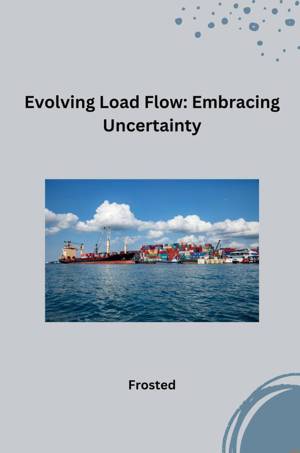
- Afhalen na 1 uur in een winkel met voorraad
- Gratis thuislevering in België vanaf € 30
- Ruim aanbod met 7 miljoen producten
- Afhalen na 1 uur in een winkel met voorraad
- Gratis thuislevering in België vanaf € 30
- Ruim aanbod met 7 miljoen producten
Zoeken
Omschrijving
Imagine a vast network of veins carrying electricity to millions of homes and businesses. This intricate system, the power grid, needs constant monitoring to ensure smooth operation. Here's where load flow analysis steps in, acting as the vital diagnostic tool for a healthy grid. Load flow studies analyze how electricity travels across the grid, considering factors like demand at different locations, generator capacity, and transmission line limitations. By simulating various scenarios, engineers can predict potential bottlenecks or voltage imbalances. This foresight allows them to strategically adjust power generation or reroute electricity flow, preventing blackouts and ensuring stable voltage levels. Think of it like planning traffic flow in a city. Load flow analysis helps identify congested areas and optimize routes for a smooth flow of electricity. This not only safeguards against outages but also maximizes efficiency, minimizing energy losses within the grid. In today's dynamic world with growing energy demands and integration of renewable sources, load flow analysis plays an even more critical role. By continuously assessing the grid's health, it paves the way for a reliable and sustainable power supply for everyone.
Specificaties
Betrokkenen
- Auteur(s):
- Uitgeverij:
Inhoud
- Aantal bladzijden:
- 172
- Taal:
- Engels
Eigenschappen
- Productcode (EAN):
- 9783384225559
- Verschijningsdatum:
- 11/05/2024
- Uitvoering:
- Paperback
- Formaat:
- Trade paperback (VS)
- Afmetingen:
- 152 mm x 229 mm
- Gewicht:
- 258 g

Alleen bij Standaard Boekhandel
+ 52 punten op je klantenkaart van Standaard Boekhandel
Beoordelingen
We publiceren alleen reviews die voldoen aan de voorwaarden voor reviews. Bekijk onze voorwaarden voor reviews.











